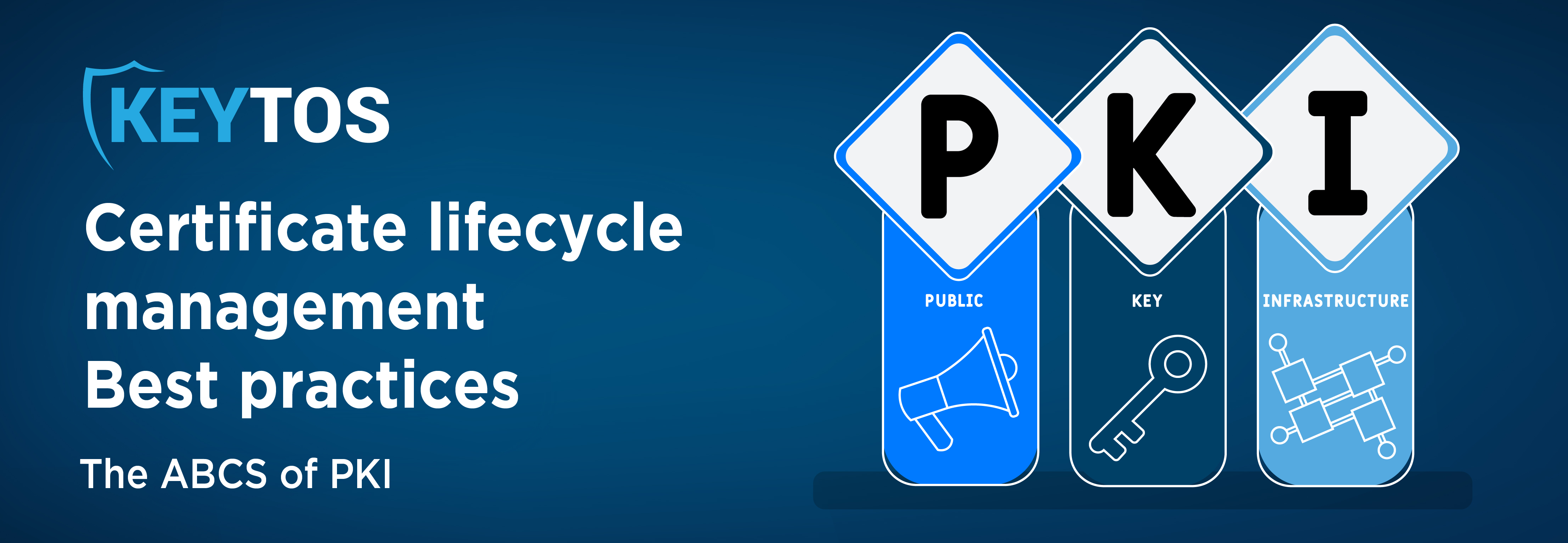
As we navigate the sprawling maze that is modern technology and software, it’s clear that the “beefier” our cybersecurity posture is, the better-off we ultimately are. With cyber bad-boys and digital threats constantly looming, it’s about dang time that we shine the spotlight on our real tech superhero keeping everything safe: Certificates!
…but even superheroes need a solid game plan. That’s exactly why we’ve written extensively about certificate lifecycle management best practices. Whether you’re decoding the intricacies of PKI or trying to gain insight into SSL, the core principles remain unchanged. Now, before we dive deep into the best practices, let’s unravel the mystery behind these cryptographic marvels.
Imagine a certificate as your digital ID card. A digital passport of sorts. Through the magic of mathematics (hello, cryptography!), it serves dual roles. First, it’s your shoutout in the digital world proclaiming, “It’s really me!” Secondly, it ensures your secrets reach only the places they’re intended for. Certificate lifecycle management best practices are akin to a well-orchestrated symphony, harmonizing the issuance, renewal, and deployment of these digital ID cards. When fine-tuned, it can ward off cyber threats and ensure a seamless digital ballet.
With our foundation set, let’s delve into the “how-to” of mastering this art (it may actually be science, but I digress).
PKI and SSL certificates are the linchpins securing our digital communications. To keep them in top form, we advise following these best practices…
1) Embrace Automation
Remember when you could get away with only using a handful of certificates to efficiently manage your operation? Well, those days are FAR behind us now. Today, businesses juggle a digital menagerie - we’re talking upwards of 50 to 100k certificates at any given time. Tasking your team to manually update this staggering number is like asking them to fill a lake with a teaspoon. Modern security best practices are all about letting smart automation handle the certificate lifecycle.
2) Monthly Refresh of Non-HSM Protected Certs
If we’ve learned anything from our pal Sir Tificate, it’s that a certificate without hardware protection is like a fortress without walls. If your certificates’ private keys aren’t nestled safely within a Hardware Security Module (HSM), they’re sitting ducks, and Hackers are like those dudes from Duck Dynasty… To avoid digital calamity, mark your calendar - every 30 days, these certificates need a rotation.
3) Human-Centric Certificates: 1 to 2 Years for Rotation Cycle
For human-input based certificates – the ones reliant on physical hardware keys or smartcards – a yearly rotation will do quite alright. While they do demand a human touch, don’t let complacency set in. …Stretching beyond the two-year mark is a gamble with diminishing returns, so aim for as much frequency as operationally feasible within the parameters suggested.
Consider this: if your certificates outlive your employees’ tenure, your revocation list will swell to unmanageable proportions. A bloated CRL is a digital albatross no one should bear.
4) Policies and Procedures
Your digital fortress is only as strong as its rules of engagement. Clear-cut policies on issuance, renewal, revocation, and storage of certificates are essential. Tighten up your organization’s stance on SOPs and be sure to communicate them throughout the company to ensure everyone is on the same page.
5) Crypto-Agility Helps You Scale
If there’s a secret to this, it’s to adopt a nimble, scalable approach. Evolve with the ebb and flow of users, applications, and transactions. Make these best practices for your X.509 certificate strategy and watch your security posture become an impenetrable fortress in the eyes of bad actors!
By integrating these certificate lifecycle management best practices into your overall security strategy, you can ensure that your digital communications are secure and trustworthy and greatly diminish your certificate-related vulnerability. Effective certificate lifecycle management is the cornerstone of a robust digital security framework, and both PKI and SSL certificates play an integral part in this endeavor.
While implementing these certificate lifecycle management best practices can be intimidating, we are here to help! Check out our certificate management tool and SSL monitoring tool, or you can schedule a free PKI assessment with one of our experts today!